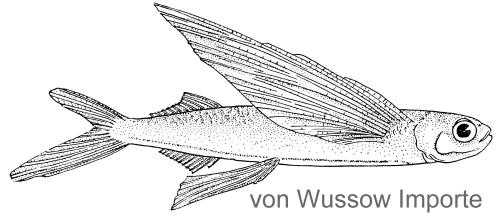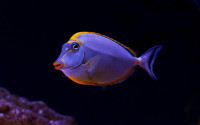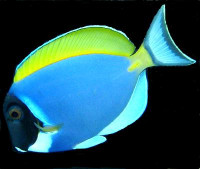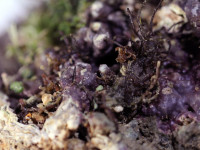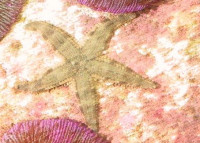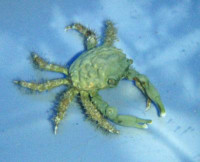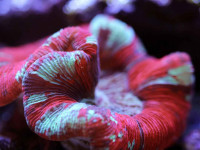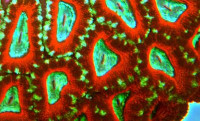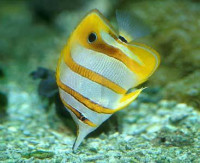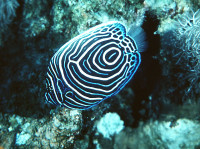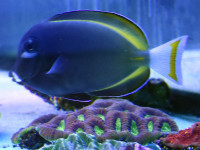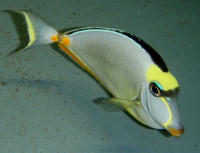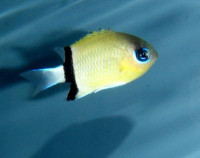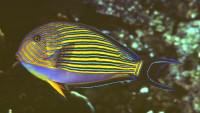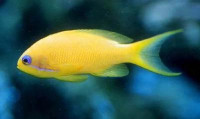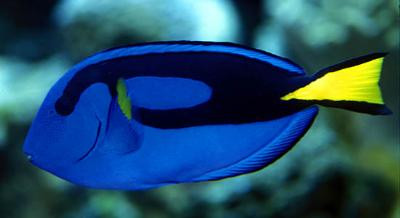
Prices incl. VAT plus shipping costs
| Größe | Aktueller Bestand |
|---|---|
| ty | Lieferterminanfrage |
| sm | Sofort verfügbar |
| md | Lieferterminanfrage |
| Lieferterminanfrage | |
| lg | Lieferterminanfrage |
- Order number: para001-sm
Paracanthurus hepatus - Pallet doctor fish information
Paracanthurus hepatus or also palettes Doctor fish are used again and again gladly in saltwater aquariums due to their general admittingness and the hopping swimming style. Depending on the size of the aquarium, they can be socialized individually or in pairs. In young years the Palette Surgeonfish also swims in a shoal, but gives up this behaviour later. Due to the preferred food plankton, the Palette Surgeonfish swims tirelessly around and needs a lot of swimming space.
Habitat and origin
Paracanthurus hepatus can be found in all tropical and equatorial sea waters of the Indo-Pacific. There they live in coastal coral reefs and lagoons, because they eat plankton. Especially plankton, can be found - in a rich supply - in rather low waters. Therefore, the Palette Surgeonfish as a food specialist is dependent on daylight and is also always looking for food due to the low nutritional value of plankton.
Species
The Palette Surgeonfish is the only representative of the Surgeonfish belonging to the subspecies Paracanthurus.
Socialization and attitude
The pallets surgeonfish requires a lot of swimming space and is constantly on the move. This behaviour is due to the constant search for food in nature. The Palette Surgeonfish can also chase smaller invertebrates such as shrimps and crabs. On the one hand out of food envy, but also to eat very small invertebrates. Usually the pallet surgeonfish is kept in pairs. Basically, when buying pallets of surgeonfish, as with all ornamental fish, you should make sure that your tank is large enough and corresponds to the habitat of the fish. Often, especially juveniles are used in too small aquariums and with full size of up to 30cm, then there are problems with keeping them because of a too small habitat. We recommend at least 2.000l for keeping in pairs. In very large aquariums of well over 2,000l, more than two fish can be kept. Also when keeping Paracanthurus hepatus you should proceed very carefully. The scalpel on the tail fin can quickly cause injuries in narrow tanks. In addition, the pallets of surgeonfish have high demands on the water quality and should have as constant values as possible. White spot disease in particular can spread quickly under stress due to fluctuating water values or if the bacterial load is too high. A UV system for germ reduction is recommended. With the necessary maintenance of the water quality and a sufficiently large tank of at least 2,000l for a pair, pallets of doctor fish in the aquarium can give you pleasure for a long time.
Pallets Doctorfish Food
Adult pallets In nature, surgeonfish continue to eat plankton even after the larval stage, which should not be missing from the daily menu in the aquarium. After a certain amount of acclimatisation, however, pallets of surgeonfish can also be introduced to other vegetable food and even frozen food.
Buy pallets of surgeonfish
We attach great importance to quality! Therefore, each pallet of doctor fish undergoes a strict quality control before we pack the aquarium fish and send it to you. If your ordered pallets of surgeonfish are ready for transport, the transport company we use guarantees delivery of your purchased fish by 12:00h. This way you can plan better and make sure that someone can take the fish directly to the reception. We send the pallets of doctor fish with a transport company that specialises in shipping live fish. In the cold season we add heat packs. In case of very bad weather conditions we reserve the right to send the fish later. You also have the possibility with additional costs to choose a delivery on weekends or holidays.
©Photo: JJPhoto
Size: very small
Occurrence:
- American Samoa
- Andaman Sea
- Australia
- Caroline Atoll
- Chagos Archipelago
- China
- Cook Islands
- Great Barrier Reef
- Guam
- Hong Kong
- India
- Indian Ocean
- Indonesia
- Indopacific
- Japan
- Kiribati
- Coconut Peeling Islands
- Comoros
- Coral Sea
- La Réunio
Nutrition:
- Algae
- Artemia
- adult (salt water crabs)
- Banana
- Flake food
- Frozen food (large varieties)
- Krill (Euphausiidae)
- Dandelion
- Mysis (floating shrimp)
- Nori algae
- Lettuce
Maximum body height: 29 - 31 cm
basin size: 2000 L
Temperature: 23 - 26 °C
Carbonate hardness: 7.6-8.4


